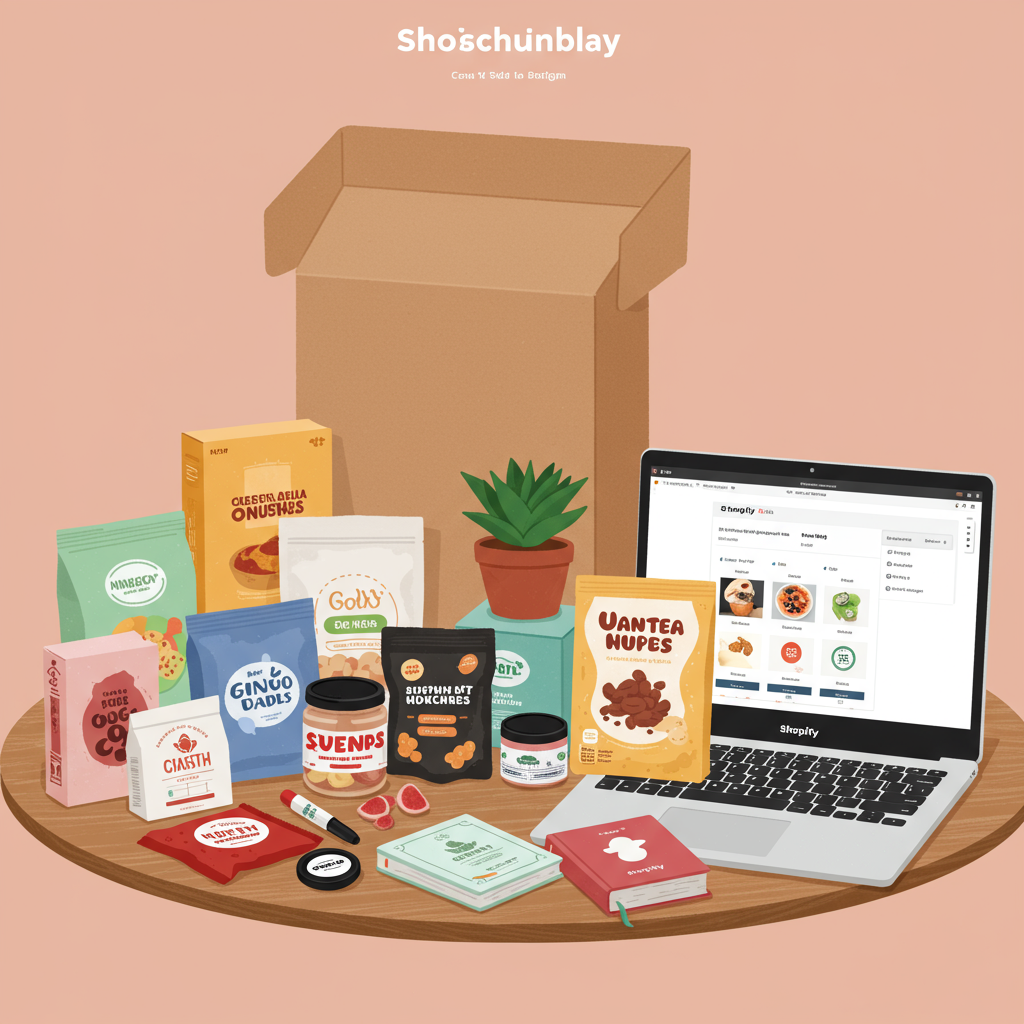Discovering Profitable Niches and Building a Thriving Subscription Business on Shopify
Hello there, fellow entrepreneur! I’m excited to share some insights today about one of the most dynamic and rewarding e-commerce models: the subscription box business.
If you’re looking for a way to build predictable revenue, foster deep customer loyalty, and create a truly engaging brand, then a subscription box might just be your next big venture.
And when it comes to building a robust and scalable online store for this model, I firmly believe Shopify is an unparalleled platform. Its flexibility and app ecosystem make it ideal.
So, what exactly is a subscription box? In essence, it’s a curated collection of products delivered to your customers on a recurring basis, typically monthly, quarterly, or annually.
The beauty of this model lies in its ability to transform one-time buyers into loyal subscribers, generating consistent income for your business.
For merchants like us, this means less time chasing new sales and more time focusing on product curation, customer experience, and growth.
Before we dive into specific ideas, let’s consider why Shopify is such a strong choice for this type of business.
Shopify offers a robust e-commerce foundation, handling everything from product listings and payment processing to shipping and order management with ease.
Crucially, its app store is brimming with powerful subscription management apps, like ReCharge, Bold Subscriptions, or Appstle Subscriptions, which seamlessly integrate with your store.
These apps allow you to manage recurring billing, customer portals, pause/cancel options, and even offer discounts for longer commitments, all essential for a smooth subscription experience.
Now, let’s get to the exciting part: generating ideas for your very own Shopify subscription box. The key here is to identify a niche that you’re passionate about and that has a clear demand.
Think about problems you can solve, interests you can cater to, or experiences you can deliver directly to your customers’ doorsteps.
One popular category is the “discovery box,” where customers receive new and exciting products they might not have found on their own.
Consider a “Gourmet Snack Box,” for instance. You could curate artisanal snacks, international treats, or healthy alternatives, catering to foodies looking for unique flavors.
Or perhaps a “Coffee Connoisseur Box,” delivering freshly roasted beans from different small-batch roasters each month, complete with tasting notes and brewing tips.
Another fantastic idea is a “Pet Pamper Box.” Imagine a monthly delivery of organic treats, durable toys, and grooming essentials tailored to a dog’s size or a cat’s preferences.
For the beauty and self-care enthusiasts, a “Clean Beauty Box” featuring cruelty-free, natural skincare and makeup samples could be incredibly appealing.
We could also explore the “replenishment model,” where customers receive essential items they regularly use, ensuring they never run out.
Think about a “Sustainable Home Essentials Box,” delivering eco-friendly cleaning supplies, bamboo toothbrushes, and refillable personal care items.
For the creative souls, a “DIY Craft Kit Box” could provide all the materials and instructions for a new project each month, from knitting to painting or pottery.
A “Book Lover’s Retreat Box” could combine a new release novel with a gourmet tea, a cozy blanket, and a themed bookmark, creating a complete reading experience.
Don’t forget about niche hobbies! A “Gardener’s Delight Box” could include seasonal seeds, gardening tools, and plant care guides.
Or how about a “Fitness Fuel Box” with healthy protein snacks, workout accessories, and motivational guides for those committed to their health journey?
The possibilities are truly endless, but the most successful boxes often tap into a specific passion or solve a recurring need for a defined audience.
Once you have an idea, I recommend validating it. Talk to potential customers, run surveys, and see if there’s genuine interest before investing heavily.
When setting up on Shopify, you’ll need to choose a suitable theme, integrate your chosen subscription app, and meticulously plan your product offerings and pricing tiers.
Remember to clearly communicate the value proposition of your subscription, highlighting the convenience, savings, and excitement your box delivers.
Marketing your subscription box will involve strategies like social media campaigns, influencer collaborations, email marketing, and perhaps even targeted ads.
Focus on showcasing the unboxing experience and the unique items within your box to generate excitement and attract new subscribers.
Customer retention is paramount in the subscription business. Provide excellent customer service, personalize the experience where possible, and consistently deliver high-quality products.
Consider offering loyalty programs or exclusive content to keep your subscribers engaged and reduce churn.
What do you think about these ideas and the potential of the subscription box model on Shopify? I’d love to hear your thoughts!
In conclusion, launching a Shopify subscription box business is an exciting journey that offers immense potential for recurring revenue and strong customer relationships.
With careful planning, a compelling product, and the right tools, you can build a thriving business that delights customers month after month.
I encourage you to explore these ideas further and start brainstorming how you can bring your unique subscription box vision to life on Shopify.






